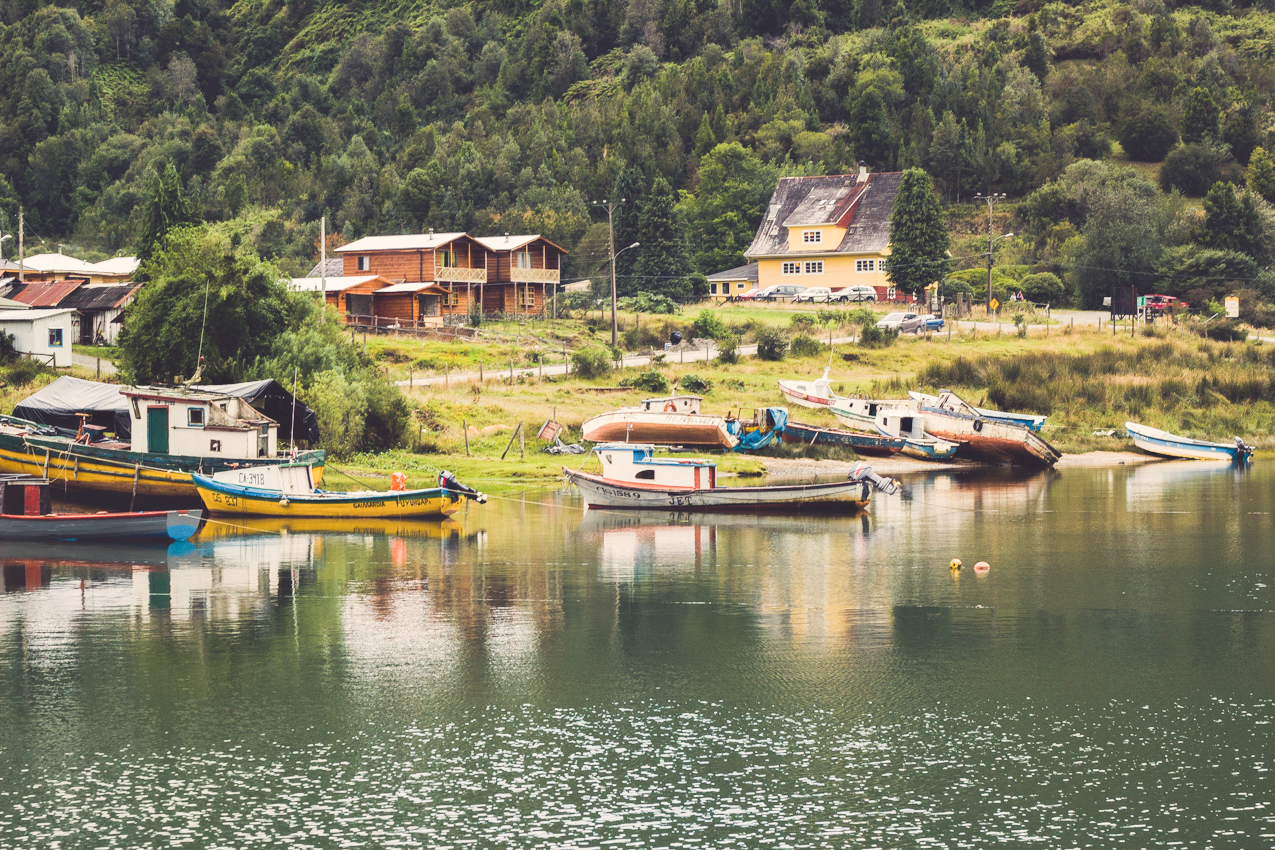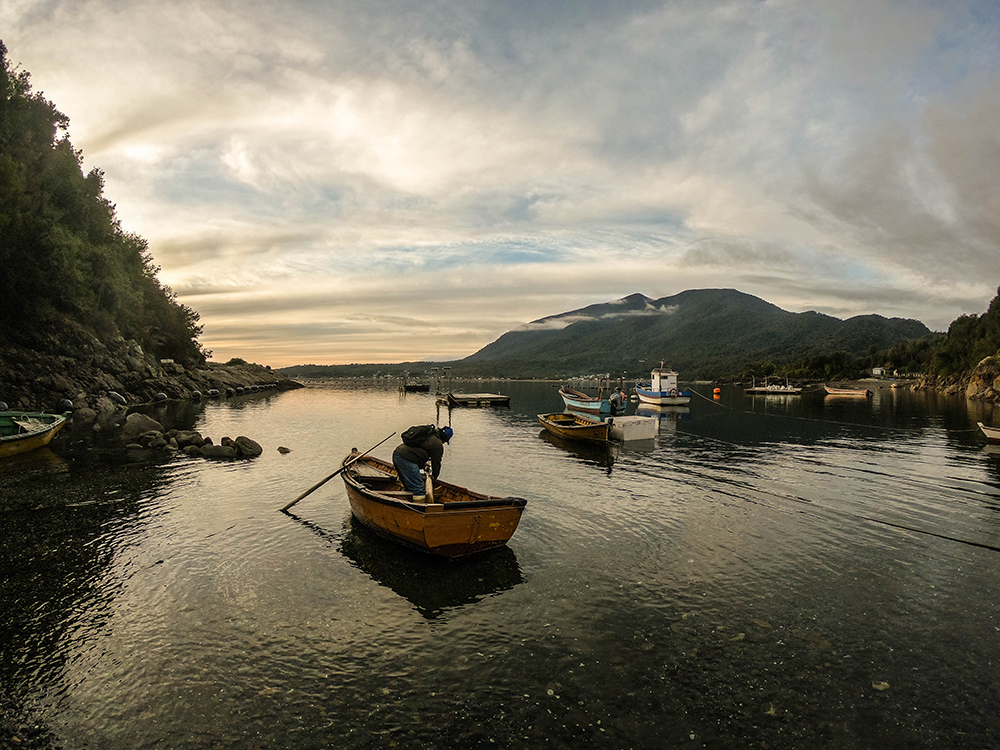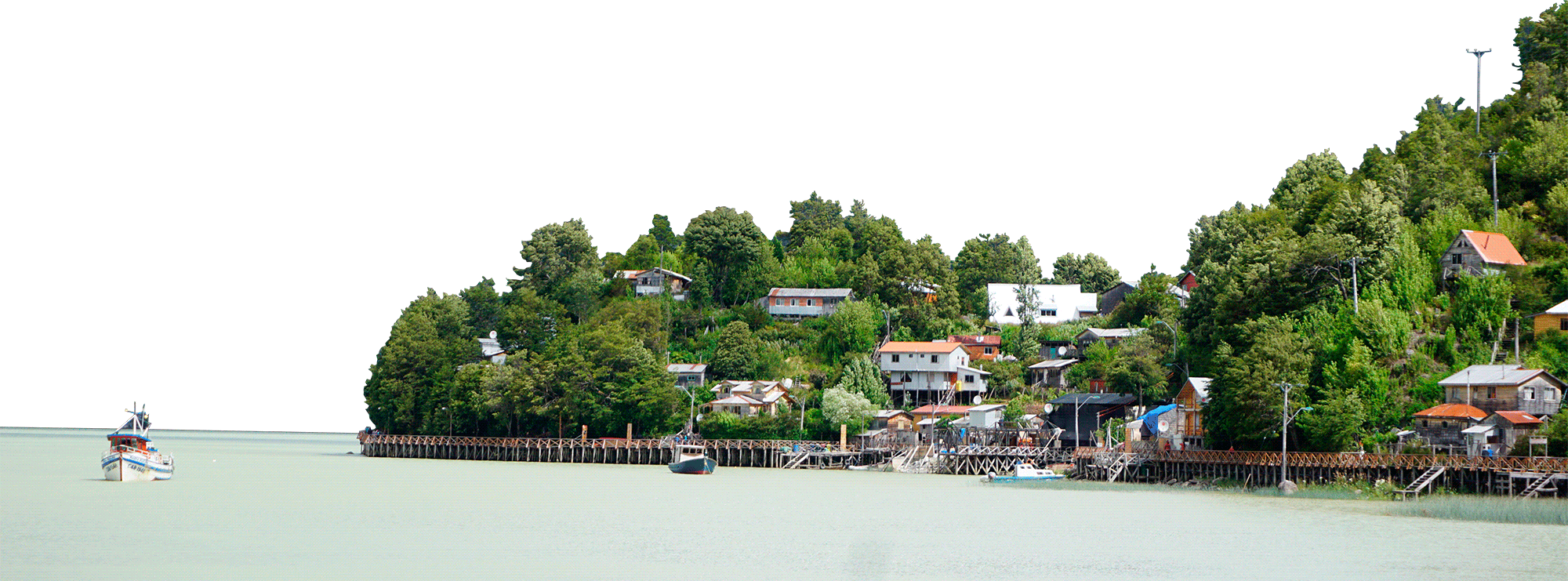


The Chilean Patagonia is a millenary region that hosts indigenous cultures and local communities the livelihoods of which are connected to its natural ecosystems. For this reason, land and marine conservation opportunities need to harmoniously integrate conservation goals and emphasize the respect for community identity and engagement, enabling the preservation of ancestral resources and traditions.
Local communities are the first and foremost beneficiaries of the ecosystem services provided by Patagonia, but they are also their most legitimate champions. The success of a protected area depends on an harmonious coupling between conservation goals and community interests, in a sort of broad and transparent governance.
We seek to build and improve capacities that contribute to local strengthening and to the relationship between communities and their protected area though the promotion of community governance and new site planning. Likewise, we seek to open new conservation opportunities in Patagonia by identifying areas with conservation potential.

The Indigenous Peoples Marine and Coastal Spaces (ECMPO) were launched in 2008 under Law 20,249, as a figure to protect customary uses and the biocultural conservation of the indigenous communities that live in the country’s shoreline. These sites can be applied for by an indigenous community or an association of indigenous communities to “safeguard customary uses in order to keep traditions and use of natural resources by communities connected to the coastal border” (Art. 3 of the said Law). All industrial activities –such as salmon farming and port or other projects– are forbidden in these sites, provided the concessions have not be granted prior to the date of application.
Securing these spaces helps promote marine conservation to deal with pressures and threats to biodiversity and local livelihoods. Undoubtedly, they are governance and management tools from and for local communities that can contribute to the protection of essential ecosystem functions, both for humans as well as for other species.
Asegurar estos espacios permite promover la conservación marina para abordar las presiones y amenazas sobre la biodiversidad y los modos de vida local. Y son, sin duda, un instrumento de gobernanza y gestión desde y para las comunidades, que puede contribuir a la protección de funciones ecosistémicas esenciales tanto para humanos como para otras especies.
53% of the Chilean territory corresponds to fiscal lands and are basically located in the country’s north and in the Chilean Patagonia. A large number of these plots have a huge natural and cultural values, in addition to providing important environmental services, including water sources, recreation, and leisure. At the same time, these areas face different threats such as squatter settlements, disposal, soil and forest degradation, and fires, among others.
We work with local NGOs –Aumen, Puelo Patagonia, Omora Foundation, among others– and with municipalities and public agencies to contribute to the valorization and sustainable use of this natural and cultural heritage. We also support initiatives to create new Protected National Property, a locally-based figure that promotes responsible access and inclusive and effective management led by local organizations, municipalities, and regional governments.










